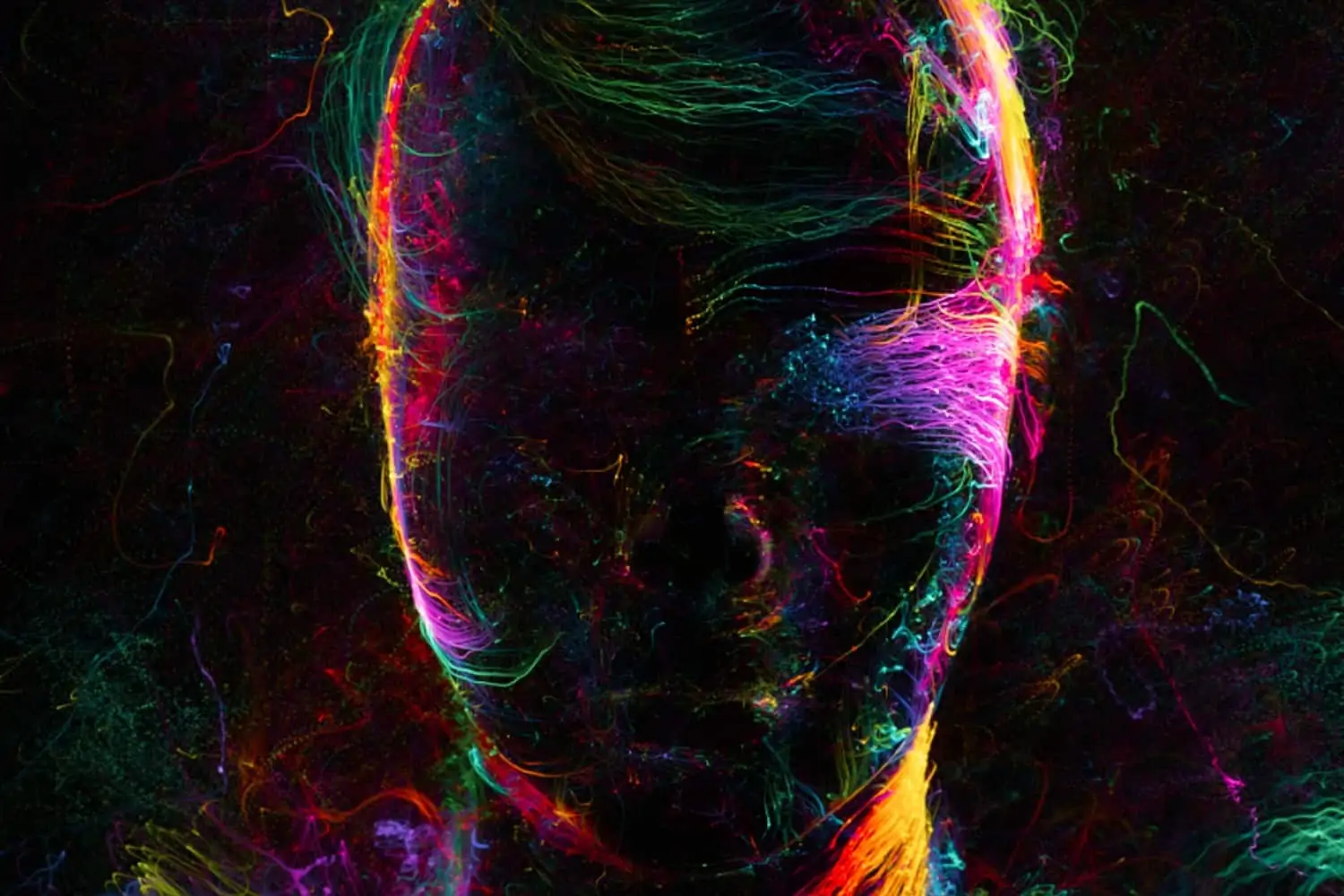On the fourth Saturday of November every year, International Aura Awareness day is celebrated. Established in 2002 as a means of spreading awareness of our individual energy fields and how they are linked to our well-being. This Saturday the 27th of November 2021 will mark the 19th annual Aura Awareness Day.
What is an Aura?
Your aura is an incredibly subtle lumination that surrounds each body and changes in colour, size and shape according to the mood of the body. It is believed that everybody has one, regardless of age, gender, culture, religion or any other factors. If you are a living being, you are believed to have an aura.
Many people cannot see auras, or believe that they cannot. However, most do detect the auras of others when they are bright or large, even if they are not aware of it. A great example of this is when people comment on someone as “radiant” or “glowing”. Such as you may see around a pregnant woman, a couple that is deeply in love, or maybe a creative in the midst of their art. I have often thought of airport arrival halls as a great place to try to spot the glow of others, as this is often the location of reunited loved ones.
Generally, it is believed that with special training and a fair amount of discipline, you can learn to see your own aura as well as those of others. Furthermore, one can study how the aura is affected by the condition of the body. Allowing a person to eventually use the aura to aid in identifying any possible health issues within a body.
Aura Colours and Their Meanings
- Red – Fearless and passionate.
- Pink – Calm, sensitive and gentle.
- Orange – Creative and full of emotion.
- Yellow – Confident and happy.
- Tan – Practical and detail-oriented.
- Green – Healer and lover of nature.
- Blue – Caring, nurturing, and protective.
- Purple – Charismatic with a powerful personality.
- White – Motivated, positive, and uplifting. (White is thought to be the rarest of aura colours. One that is also linked to the crown chakra.)
Where the Belief of an Aura Originated
In Latin or Greek, the word aura means breeze or breath. In medieval English, it meant ‘a gentle breeze’. And by the 19th century, the word aura began describing a quality or energy emanating from a person. Charles Webster Leadbeater, a priest of the Church of England who studied theosophy in India, was the first to talk about this energy field that surrounds every living thing. Now, in 2021, the concept of an aura has grown to have international acknowledgment and its own annual day of celebration.
In terms of religion, the concept of a “body of light” can be found all over and far back in history. The halo found around angels of the Christian faith can be linked to the concept of an aura. We can also look at the concept of chakras and their pertaining colours, which both Hindu and Buddhist scholars link to the belief of auras.
The Purpose of Aura Awareness Day 2021
The idea behind Aura Awareness Day 2021 is to spread awareness across the globe. Many may think it an airy-fairy ideology, however, I like to think that you can’t knock it until you have tried it! It takes an open mind and a bit of practice. But whether you see your aura or not, you may find the activity quite relaxing. You could even end up learning something invaluable about yourself. And, simply put, you have nothing to lose!
The first step would be to open your mind to the idea that you, and those around you, may in fact have an aura. From there, we can each work to try and recognize and resonate with our own auras. This can be done through simple exercises, meditation or prayer being good examples. Another technique believed to help a person see their aura is to place your hand against a plain background or paper. Then, patiently staring at the edge of your fingertips you may see a faint light or colour around the edges.
Once you have acknowledged your aura, you can begin to manage it. It is believed that the well-being of the body and mind is greatly linked to maintaining a healthy, happy aura. Free of negativity. Just like sustaining a healthy body through physical cleanliness, such as showering and teeth brushing.
